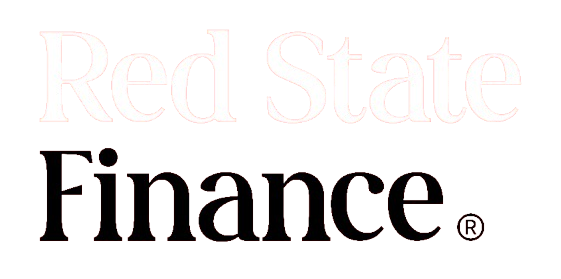Inflation Surprises: What It Means for the Fed and Your Wallet
A January Surprise: Inflation on the Rise
The latest inflation report from January has thrown a curveball into economic forecasts, revealing a 3% annual increase in consumer prices—up from 2.9% just a month prior. This unexpected spike, driven by a larger-than-anticipated monthly rise of 0.5%, is raising eyebrows among economists and market watchers alike.
The Labor Department’s Consumer Price Index (CPI) data released this week indicates that inflationary pressures are not only persistent but also more robust than many had predicted. This development comes on the heels of the Federal Reserve’s decision to hold off on further interest rate cuts during its last meeting, leaving many to wonder how these new figures will influence future monetary policy.
The Fed’s Dilemma: Rate Cuts or Hold Steady?
Charlie Ripley, senior investment strategist at Allianz Investment Management, suggests that this fresh data could lead to a reevaluation of the Fed’s approach to interest rates in 2025. “Today’s numbers reinforce Powell’s cautious stance regarding rate cuts,” he stated. “Market participants may need to reconsider their expectations for any reductions this year.”
Bill Adams, chief economist at Comerica Bank, echoed these sentiments by highlighting that ongoing price pressures signal an underlying strength in inflation that could compel the Fed to pause or even reverse its easing strategy sooner than anticipated.
Tariffs and Their Ripple Effects
Adding another layer of complexity is President Donald Trump’s tariff agenda—taxes imposed on imported goods—which remains shrouded in uncertainty regarding implementation timelines and potential impacts on consumer prices. Adams pointed out that factors such as higher tariffs and restrictive immigration policies could exacerbate inflationary trends as they ripple through various sectors of the economy.
Seema Shah, chief global strategist at Principal Asset Management, noted that rising prices might create uncomfortable scenarios for policymakers at the Federal Reserve. She warned that government actions could elevate inflation expectations significantly enough to prevent any rate cuts throughout this year.
The Wait-and-See Approach
Gregory Daco from EY believes we’re likely looking at a “wait-and-see” approach from the Fed over coming months with only two potential rate cuts projected for June and December if conditions allow it. He cautioned against aggressive easing if current policies continue fueling inflationary pressures.
Ryan Sweet from Oxford Economics added another dimension by noting how recent tariffs have yet to fully manifest within existing inflation data—a situation he describes as complex given how intertwined monetary policy decisions are with external economic factors like tariffs.
Political Implications: A Balancing Act
As discussions around tariffs continue within political circles, there’s speculation about whether recent CPI figures might cause hesitation among Trump administration officials regarding swift tariff implementations. While tariffs can serve as leverage in international negotiations, increasing consumer prices through such measures poses significant political risks ahead of upcoming elections.
Federal Reserve Chair Jerome Powell recently addressed concerns surrounding tariffs during his testimony before Congress but emphasized his institution’s limited role concerning fiscal policy decisions made outside their purview: “We try not to comment on matters beyond our control,” he remarked while acknowledging potential indirect effects stemming from tariff-related changes in economic dynamics.
Looking Ahead: What Does This Mean for Consumers?
For everyday consumers grappling with rising costs across various sectors—from groceries to housing—the implications are clear; sustained inflation can erode purchasing power unless wages keep pace with price increases. As we move deeper into 2025 amidst fluctuating economic indicators influenced by both domestic policies and global events like trade negotiations or geopolitical tensions—keeping an eye on CPI trends will be crucial for understanding where things may head next economically speaking.
In summary, while some experts predict possible relief via future rate cuts later this year based solely upon current trajectories—it seems increasingly likely those hopes may need recalibrating given today’s unexpectedly high CPI readings coupled with ongoing uncertainties surrounding trade policies under consideration by federal authorities.







